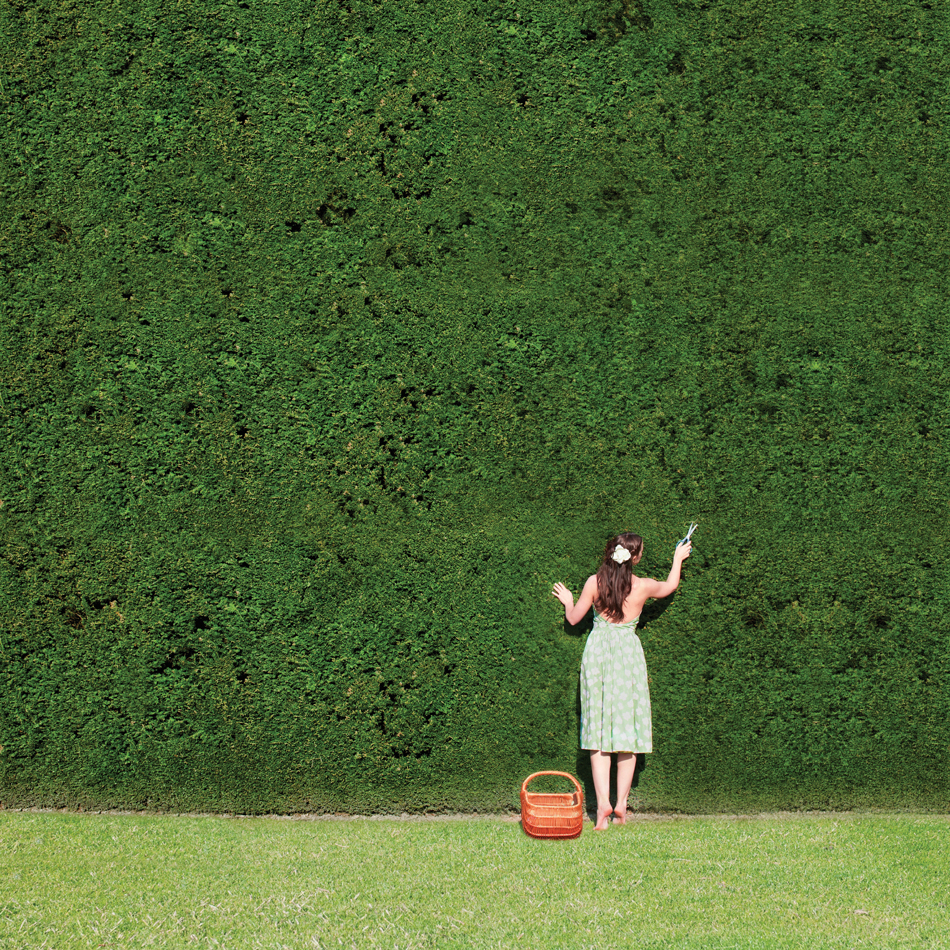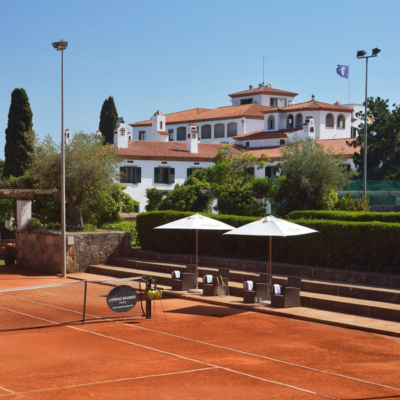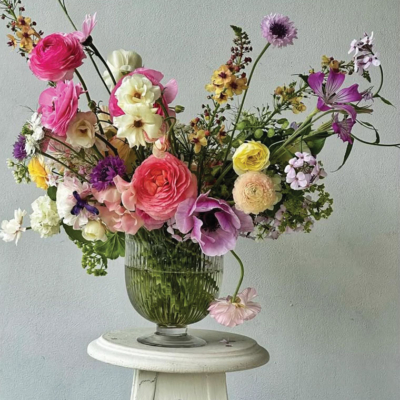Our hedgerows need minding, says Holly Hughes …
September is an important month for Ireland’s hedgerows, and not just because of the irresistible fruit they will soon offer. September marks the end of the six-month cutting ban that begins every year on March 1 under the 1976 Wildlife Act. This means that for the next six months there are no restrictions on cutting back hedgerows and thousands of kilometres will be lost or damaged. According to Alan Moore, Secretary of Tipperary-based Hedgerows Ireland, “Though we have amongst the lowest forest cover in Europe, we have almost 690,000km of hedgerows.” The “Irish equivalent of the Amazon rainforest”, these vast networks of hedgerows do much to combat climate change.
“Hedgerows play a key role in improving air quality, filtering out pollutants and producing oxygen,” says Niall Hatch, Head of Communications and Development at BirdWatch Ireland. “With root systems that prevent soil erosion, capture water, and form a protective barrier against extreme weather conditions, hedgerows help to protect agricultural lands and other habitats against high winds and flooding.” Most importantly, they can also sequester carbon. “Irish research confirms that hedgerows are an important carbon store,” Alan says. According to Teagasc’s Farm-Carbon project, this only happens when hedgerows are properly maintained, with over-managed hedges not only failing to store carbon but actually producing carbon emissions instead.
As important as hedgerows are from a climate perspective, they are even more vital as a source of food, shelter, and transport for much of Ireland’s wildlife. “Two thirds of our native birds feed or nest, or both, in hedges,” Alan says. “They do this alongside vital insects, including many of our 100 species of bees and predator insects, like ladybirds and hoverflies, which help kill grain crop pests.”
“They also house mammals like badgers, foxes, hedgehogs and field mice,” Niall Hatch adds. “Our beloved and endangered barn owls depend on hedgerow corridors for hunting, as do most of our bat species whose futures are equally precarious. If hedgerows vanish in an area, it becomes much harder for these animals to hunt and exposes them to the risk of traffic collisions.”
Contained within these labyrinths is an entire, interdependent food chain that relies on proper hedgerow management and conservation to keep each species alive. Yet, despite all these amazing benefits, our hedgerows continue to disappear at an alarming rate.
“Hedgerows play a key role in improving air quality, filtering out pollutants and producing oxygen.”
Under current rules, landowners and farmers can destroy up to 500m of hedgerows without any assessment or permission. At least 3,000km of hedges were cut back by local authorities between 2018 and 2021 during the prohibited season of March to September, while it’s estimated a further 3,000km are lost annually. And the hedgerows that remain? Fewer than one third are in good condition which means their potential to shelter wildlife, provide food and sanctuary, and work as an effective carbon store is severely compromised.
You might think that the solution is to simply leave hedgerows alone altogether. But hedgerows are manmade and need a certain amount of husbandry. “Hedges aren’t a natural feature of our landscape, they were all planted at some stage,” says Mark McDowell, Communications Officer for Hedgerows Ireland, an organisation dedicated to the conservation and promotion of good management of hedgerows (formerly known as the Hedge Laying Association). “If hedgerows are not managed correctly, they simply turn into a line of trees. It’s the management of hedges over the centuries that has led them to becoming such a vital refuge for so many of our woodland plants, insects and virtually all our land mammals.”
“Some degree of hedgerow management is required in many agricultural settings, as well as for road safety,” Niall says. “However, what is key is that this work is done at appropriate times of year and, crucially, no more than necessary. Most hedgerows don’t need to be cut every year; every three years will suffice.”
Alan agrees. “I’d ask landowners to consider a three- to five-year cutting rotation.” Changes to this regime can have a profound impact on carbon storage and biodiversity. “A recent study by the National Biodiversity Centre showed that hedges cut on a three-year cycle, instead of annually, recorded a tenfold increase in pollinating insects.”
For support in changing your hedge-cutting practices, consider signing up to Hedgerows Ireland’s Hedge Code. “The Hedge Code is about supporting good hedge management,” Mark McDowell explains. “The aim is to train people in old hedge-management methods and help them plant, retain, and rejuvenate hedgerows. We run training courses in traditional methods of hedge-laying from September to the end of February. For people using machines, we also offer training that ensures minimal impact on wildlife and that can even be beneficial for hedgerows.”
If you don’t have a hedge to maintain, you can volunteer with any of these organisations or get involved in advocacy work. “Please,” Niall says, “ask your local authorities and elected representatives to respect hedgerows for the rich wildlife habitats and ecosystems that they are.” Lobby the government to help farmers keep and maintain hedgerows on their land. Chat to your neighbours and Tidy Towns groups about hedgerow conservation and safe cutting practices. And be sure to report illegal hedgerow cutting or destruction to the National Parks and Wildlife Service and relevant local authority.
Finally, consider planting your own hedge, even in a city. “I’d like to emphasise the importance of hedgerows in urban spaces,” Mark concludes. “I’m always looking at blank railings, concrete walls, breeze blocks – all these areas that could be vastly improved by a native hedge. The same is true of urban gardens. I’d really urge anyone reading this who can to plant a native hedge in whatever space they have.”
But reader, be warned: “It’s an addictive craft!” says Mark. “Because you’re actually building these hedges, the sense of reward is huge. You can really watch your work develop over the decades.” Plant, rejuvenate, protect. And if you are out blackberry-picking later this month, remember to leave some behind for the birds. @holly_hughes_words











